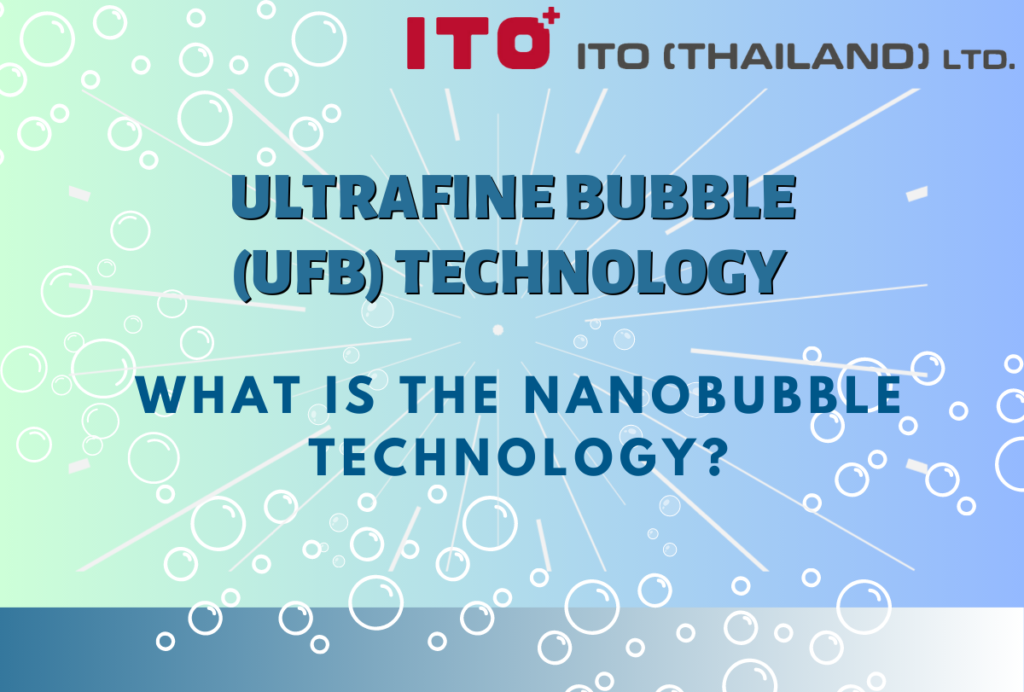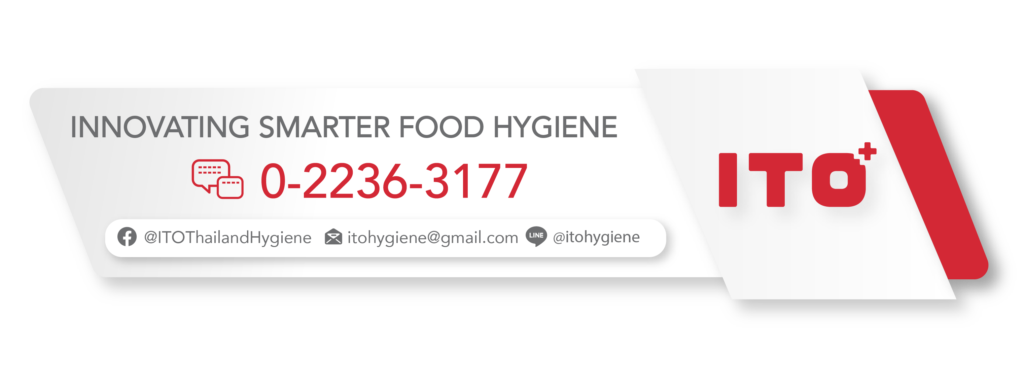ITO Thailand Hygiene Blog
Ultrafine bubble (UFB) technology (Part 1)
What is the nanobubble technology?
Bubbles are the characteristics of a gas diffused in liquids. Inside the bubbles can be air or other gases. These bubbles generally have low stability because the density of gases is lower than that of liquids. As a result, large bubbles tend to rise to the surface of the liquid and burst rapidly. But when these bubbles are reduced to the micro-nano particle size, the stability will increase. If the size is smaller than 100 micrometers, it is called microbubbles or fine bubbles (1) , and when the size is reduced to smaller than 1 micrometer, it is called nanobubbles or ultrafine bubble (1) that are much more stable than before. They can be stable for weeks or months(2) , while larger bubbles are only stable for seconds. When the gas dispersed in the liquids is more stable, the systemic properties will also be different. Examples are the ability to transfer more nanobubbles distributed in the liquids, a larger surface area of the nanobubbles, resulting in the increased surface interaction between gas and liquid. Also, when nanobubbles burst, they produce a small amount of energy that causes small free radicals that can cause very rapid oxidation, etc. (3) In addition, the higher stability of the ultrafine bubbles also allows reactive gases (such as ozone) to be encapsulated in the liquid to prevent them from reacting with air. This makes the technology applicable for several benefits. This blog will give specific examples of applications related to the food industry to illustrate the application of this technology.
What are the benefits of the ultrafine bubble technology?
The ultrafine bubble technology is useful in many areas, ranging from the raw material production in the agricultural sector, food production processes, to waste management in the food industry. In other words, it covers the whole food industry supply chain.
1.Production of raw materials (agriculture, livestock, and fisheries)
Research has shown that the ultrafine bubble technology can improve agricultural efficiency, such as helping seeds germinate and grow better. A study (3) found that the use of ultrafine bubbles to add gas (e.g., nitrogen, oxygen, carbon dioxide) to agricultural water can increase germination rates by 6-25% in lettuces, carrots, and broad beans. As the ultrafine bubbles produce free radicals that soften the cell wall of the seeds, plants germinate better. They also help in plant growth by increasing the nutrients that plants need, such as nitrogen, oxygen, and carbon. Another study (4) found that the use of ultrafine bubbles can reduce the amount of water and fertilizers used in watermelon and muskmelon cultivation by up to 20% and increase produce and vitamin C in yield.
The same applies to fisheries. The use of ultrafine bubbles was found to increase produce by enhancing the gas needed for the growth of aquatic animals such as oxygen. It also helps to remove impurities in the water with free radicals that occur when the ultrafine bubbles are broken down. Therefore, they can increase the growth rate of aquatic animals such as shrimp(5) and tilapia (6). In addition, the ultrafine bubbles could be used to indirectly increase produce by increasing the amount of microorganisms beneficial for livestock and fisheries. Consequently, the animals grow well, have more immunity, and the incidence of disease or infection of animals such as Bacillus, Thiobacillus, Saccharomyces (yeast) and Tetraselmis sp. (micro-algae) etc.(7) is reduced.
2.Removal of material and surface contamination
These micro- and nanobubbles can help reduce contamination in the food industry in the aspects of chemical, biological, and physical. They may be used for the purpose of removing chemicals in water for washing raw materials, removing surface contaminants, especially food contact area (read more) or helping eliminate impurities that come with the raw materials. These ultrafine bubbles remove impurities using several mechanisms such as the creation of free radicals from the bursting of gas bubbles (ozone with high oxidation effect is commonly used) causing oxidation to chemicals such as insecticides (8) as well as helping to kill microorganisms (9) and eliminate biofilm (10) of microorganisms as well. Particularly, water that has small bubbles of ozone diffused can better penetrate into rough surfaces or corners because this technology helps to lead gas to the desired destination more efficiently. There are also other physical mechanisms to remove contaminants, such as bubbles bursting aggressively causing contaminants to escape the surface, or the ability to absorb hydrophobic impurities (e.g., oil stains) on the surface of the bubble, resulting in a grease film that is easily separated from the surface to be cleaned. (11)
In materials that are difficult to clean, such as membrane systems for filtering drinking water which are often prone to fouling, the use of ultrafine bubbles can help to remove particles that cause fouling (2) . The ultrafine bubbles also help to make the salt-based impurities easier to precipitate. This results in fewer fouling particles and a lower risk of fouling in the long run without the use of chemicals.
In addition to cleaning or disinfecting by themselves, ultrafine bubbles can also help to make other decontamination steps more efficient. For example, in activated carbon water purification, the use of ultrafine bubbles increases the lead adsorption rate of activated carbons by up to 336% (12)
In addition to applications in agriculture, livestock, fisheries, raw material management, including cleaning and disinfecting surfaces, the ultrafine bubble technology can also be used to extend the shelf life of food products, optimize food production processes as well as wastewater treatment. We will learn about them together in the next blog.
Ito (Thailand) The company introduces a patented ultrafine bubble production technology from Japan for the food industry, other industries, as well as household level applications. If you are interested in the ultrafine bubble technology, you can contact us to consult, learn, and make an appointment to test the product immediately.
References
1.Fan, W., Li, Y., Lyu, T., Chen, Z., Jarvis, P., Huo, Y., … & Huo, M. (2023). A modelling approach to explore the optimum bubble size for micro-nanobubble aeration. Water Research, 228, 119360.
2.Foundas, A., Kosheleva, R. I., Favvas, E. P., Kostoglou, M., Mitropoulos, A. C., & Kyzas, G. Z. (2022). Fundamentals and applications of nanobubbles: A review. Chemical Engineering Research and Design.
3.Ahmed, A. K. A., Shi, X., Hua, L., Manzueta, L., Qing, W., Marhaba, T., & Zhang, W. (2018). Influences of air, oxygen, nitrogen, and carbon dioxide nanobubbles on seed germination and plant growth. Journal of Agricultural and Food Chemistry, 66(20), 5117-5124.
4.He, J., Liu, Y., Wang, T., Chen, W., Liu, B., Zhou, Y., & Li, Y. (2022). Effects of nanobubble in subsurface drip irrigation on the yield, quality, irrigation water use efficiency and nitrogen partial productivity of watermelon and muskmelon. International Agrophysics, 36(3), 163-171.
5.Rahmawati, A. I., Saputra, R. N., Hidayatullah, A., Dwiarto, A., Junaedi, H., Cahyadi, D., … & Rochman, N. T. (2021). Enhancement of Penaeus vannamei shrimp growth using nanobubble in indoor raceway pond. Aquaculture and Fisheries, 6(3), 277-282.
6.Mahasri, G., Saskia, A., Apandi, P. S., Dewi, N. N., & Usuman, N. M. (2018, April). Development of an aquaculture system using nanobubble technology for the optimation of dissolved oxygen in culture media for nile tilapia (Oreochromis niloticus). In IOP Conference Series: Earth and Environmental Science(Vol. 137, No. 1, p. 012046). IOP Publishing.
7.Fujaya, Y., Aslamyah, S., Rukminasari, N., & Sari, D. K. (2020, April). Nanobubble technology in synbiotics production for animal husbandry and fisheries by the minari small business group. In IOP Conference Series: Earth and Environmental Science(Vol. 492, No. 1, p. 012015). IOP Publishing.
8.Ikeura, H., Hamasaki, S., & Tamaki, M. (2013). Effects of ozone microbubble treatment on removal of residual pesticides and quality of persimmon leaves. Food Chemistry, 138(1), 366-371.
9.Mahakarnchanakul, W., Klintham, P., Tongchitpakdee, S., & Chinsirikul, W. (2015). Using sanitizer and fine bubble technologies to enhance food safety. In FFTC-KU International Workshop on Risk Management on Ahrochemicals through Novel Technologies for Food Safety in Asia(pp. 1-19).
10.Shiroodi, S., Schwarz, M. H., Nitin, N., & Ovissipour, R. (2021). Efficacy of nanobubbles alone or in combination with neutral electrolyzed water in removing Escherichia coli O157: H7, Vibrio parahaemolyticus, and Listeria innocua biofilms. Food and Bioprocess Technology, 14, 287-297.
11.Jin, N., Zhang, F., Cui, Y., Sun, L., Gao, H., Pu, Z., & Yang, W. (2022). Environment-friendly surface cleaning using micro-nano bubbles. Particuology, 66, 1-9.
12.Kyzas, G. Z., Bomis, G., Kosheleva, R. I., Efthimiadou, E. K., Favvas, E. P., Kostoglou, M., & Mitropoulos, A. C. (2019). Nanobubbles effect on heavy metal ions adsorption by activated carbon. Chemical Engineering Journal, 356, 91-97.
Related Post
-

Liquid nitrogen in food industry
You maybe have heard that liquid nitrogen can rapidly freeze the food, haven’t you? And what are its advantages and benefits? Let's get to know the liquid nitrogen in food industry with ITO (Thailand).
-
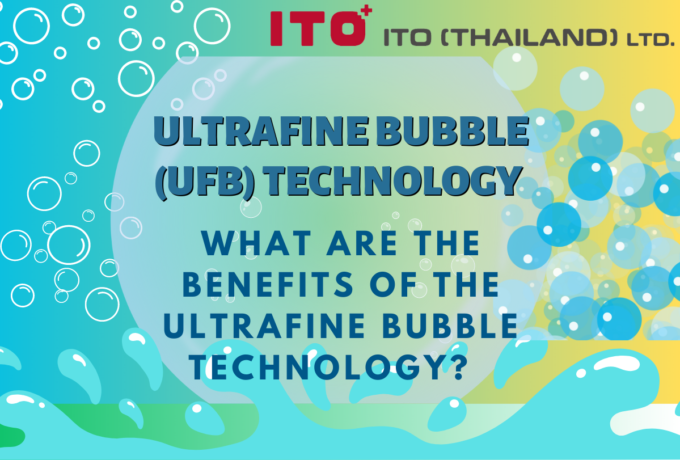
Ultrafine bubble (UFB) technology (Part 2)
The previous content has discussed the benefits of the ultrafine bubble technology in agriculture, livestock, and fisheries, cleaning raw materials and various surfaces. Today, we will continue to learn about the use of the ultrafine bubble technology in food production processes and waste management from the food industry and how to create these tiny gas bubbles.
-
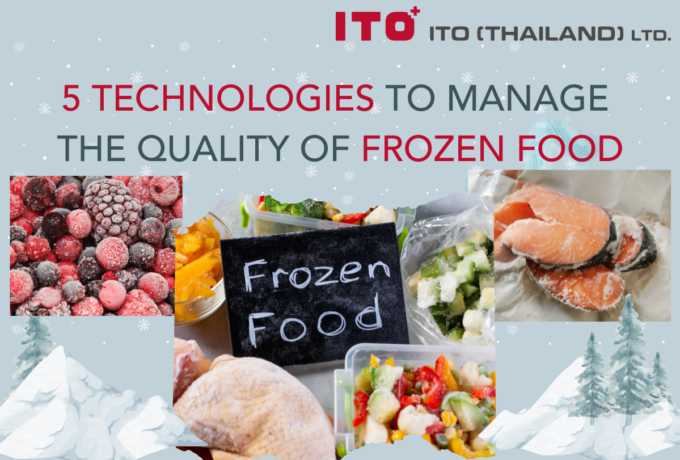
Frozen food storage management
Freezing is a method of food preservation commonly used in food that goes bad quickly such as ready-to-cook fresh food, ready meals, or foods in which nutritional values decay easily, or have substances that are sensitive to temperature, light, oxygen, etc. Freezing uses a principle of quickly solidifying water in the products, making the molecules of the substances unable to react to one another, thus the foods last longer. It also suppresses the growth of microorganisms and kills parasites. For instance, USFDA suggested controlling parasites in fish consumed raw such as sushi and sashimi by freezing the fish at the minimum of 20 degrees Celsius for 7 days or stored at -35 degrees Celsius for 15 hours to control parasites in fish (conditions may depend on the size of the fish as well).
-
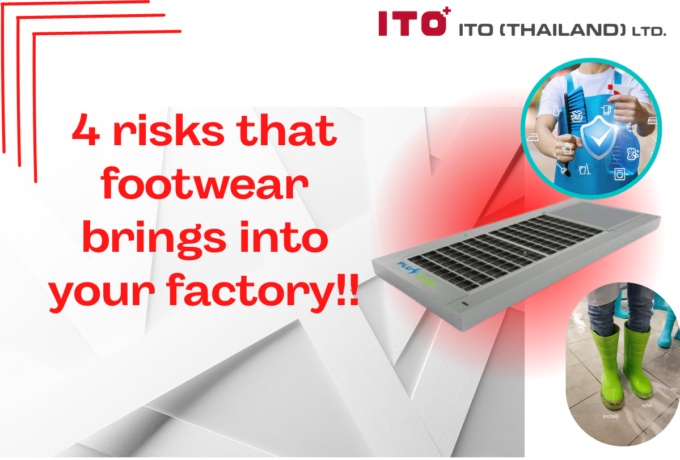
Boot Cleaner
Pay attention to the hygiene of the footwear for good hygiene in the food industry
-
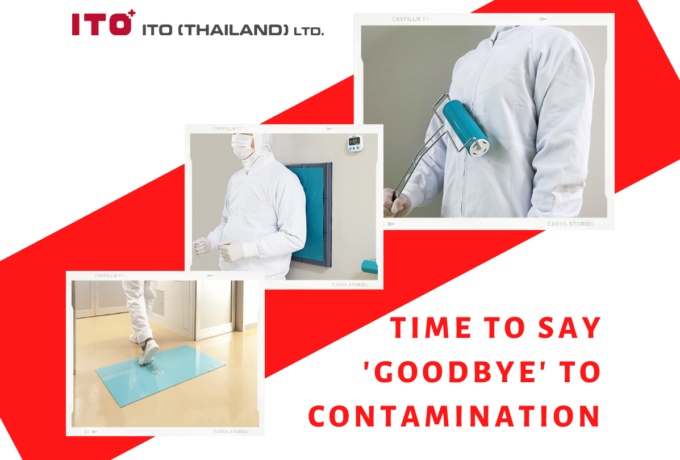
Innovation for sustainable physical contamination prevention
It is known that external impurities pose a food safety risk. One of the main channels of contamination is the presence of humans as a carrier of dust and dirt into the production or high-risk areas, causing dirt, germs, or foreign matters to contaminate food and harm consumers.
-
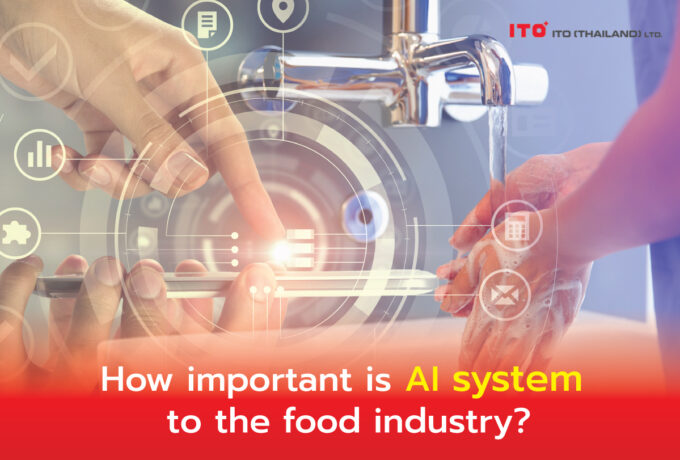
AI technology in Food industry world
Case study of HACCP assisted hand washing system by AI technology








